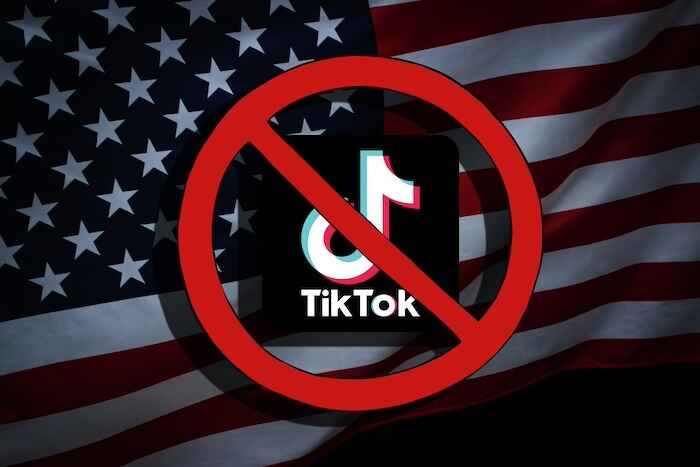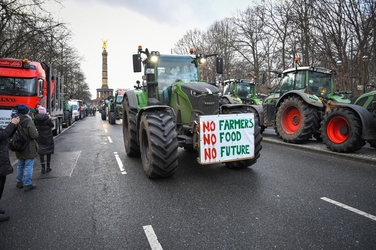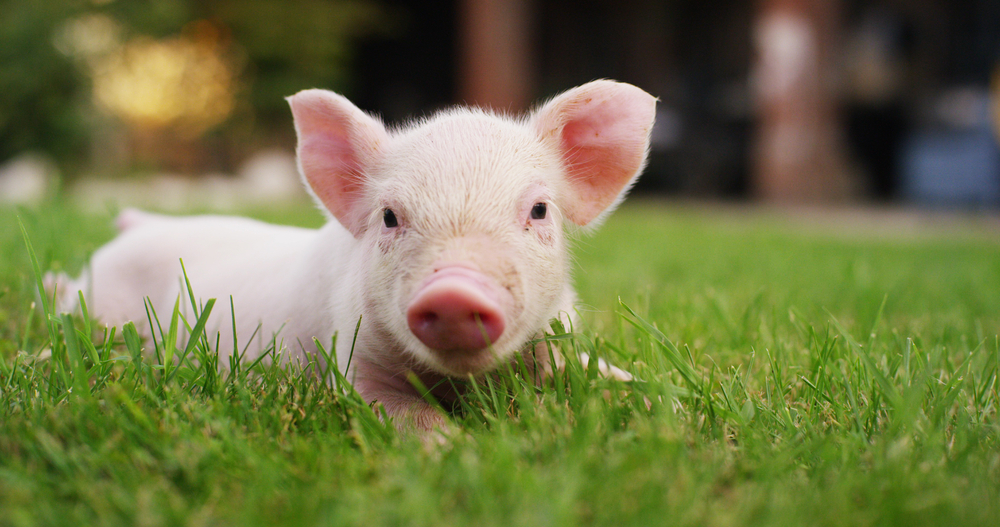My No. 1 Takeaway From the Coronavirus Crisis
Joel Salatin|May 5, 2020
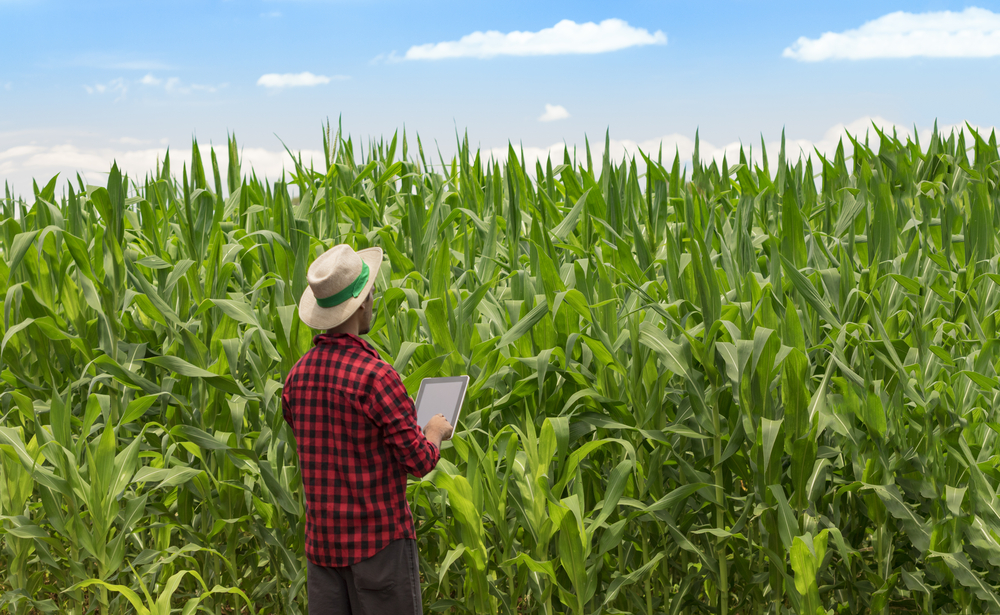
Ask 10 different people their No. 1 takeaway about the coronavirus pandemic and you’ll likely get 10 different answers.
Some of the more common I’ve heard are…
The media exaggerates and sensationalizes everything.
People are unbelievably eager to give up their freedoms in times of uncertainty.
Computer statistical modeling is outrageously error-prone.
The government doesn’t have a clue.
Trump messed up everything.
The Democrats were so fixated on impeachment they couldn’t see the pandemic freight train coming if it hit them in the face.
Here’s mine: The urban-rural divide has never been more dramatic.
Except for in rural mega-processing plants, COVID-19 has unquestionably been a largely urban phenomenon. I still don’t know a single person who has tested positive for the disease. Out here in farm country, it’s certainly not as big of an issue as opioid abuse and meth lab hideaways.
As the nation marshals its money, experts and infrastructure to deal with the pandemic, I would suggest the single most important preventive for any future outbreak is to spread people out.
Dreaming of the Country
I remember well about 20 years ago predictions that urban concentration would wane in light of the internet revolution. The in-home office was the hottest decor design fad for a brief period.
The internet would liberate people from the urban office and urban living. People would migrate to the countryside, the bucolic wilderness, laptop in hand.
Business books prophesied the new workspace rather than a workplace. With an internet hookup, all you needed was to occupy a space somewhere: a tree house in Montana, a pasture in North Carolina. The “where” of working would be a thing of the past.
But, alas, all that prophecy and exciting trending stopped, reversed, and has resulted in “flyover” country. Rural-accelerated depopulation gutted small-town America, while urban expansion increased power in money and politics in cities.
This now has the nasty unintended consequence of heightened vulnerability.
Twenty years ago, people were panicked about Y2K. Remember that? We had thousands of visitors to our farm envying our defensible position: river in front, mountain behind. We were expected to machine-gun the hordes of urban refugees trying to find a morsel of food in the countryside.
A universal antidote for cultural calamity seems to always be, “Get to the country.”
Why did this rural-oriented fantasy come to a crashing halt? Why did urban concentration offer an enhanced allure? Would people rather live on top of each other than spread out?
Twenty years ago, national surveys revealed the most common Mom dream was to live in the country.
Why did that fizzle so fast? Why would people embrace congestion, crowds, contamination and clearly higher taxes?
A Faulty Connection
I believe this brief urban exodus aborted quickly because people did not want to invest in the business protocols and internet infrastructure necessary to equalize the information highway disparity between rural and urban.
Here on the farm, with the most state-of-the-art internet platform we can find, it’s still woefully inadequate for urban expectations.
For example, Zoom conferencing is now a thing. Although Skype has never even been an option for us on the farm, Zoom seems far more accommodating to our rural realities. But routinely Zoom conferencing results in recurring freeze outs during the call.
The urban folks don’t have the problem. It’s just us rural participants. And it’s fickle. One week it works as well as anyplace in the city. The next week you can’t make it work for love nor money.
This is common throughout rural America, regardless of service platform.
If enabling people to spread out is the best way to deal with calamity, whether financial, social or physical (health), then it seems like for national security, the No. 1 goal should be to equalize the internet disparity between rural and urban areas.
In the name of national security, we can print $4 trillion out of thin air – risking hyperinflation – but we can’t extend dependable and decent internet access into rural areas.
The weakness and vulnerability in this regard is now painfully obvious. Distance schooling pits the children who have good internet hookups against those who don’t. Ditto for college courses from home. Ditto for working at home and telecommuting.
Apparently 20 years ago, it was just easier to continue on the way things were rather than invest in creating a more secure and functional world.
It was easier to just build more expressways. It was easier to build more high-rise office buildings. It was easier to add more sewage treatment, garbage collection and supermarkets.
Innovation is hard. It requires thinking differently, building differently, acting differently.
Spreading New Ideas
COVID-19 is now forcing on us what we should have been prepared for when many visionaries saw the opportunity a couple of decades ago.
Now businesses are focusing their attention on how to accelerate telecommuting. Fancy that. Up to 30% of urban offices may never again be occupied.
New York City moving companies are working double time cleaning out already-vacated apartments, following instructions like this: “I’m not going back. Just clean out the apartment, store it and I’ll tell you where to send it as soon as I know where I’ll live.”
That’s radical.
A whole new cadre of folks have loaded up food from our farm store, saying, “I’m never going to trust the supermarket again.”
That’s radical.
We have some positive movement, folks. Now it’s time to birth this baby by doing whatever it takes to equalize urban and rural internet access.
If social distancing is the new thing, spreading people out across the landscape and dropping urban congestion by 20% to 30% could be a cure for all sorts of future calamities.
I would argue it’s an issue of national security.
Editor’s Note: Is equalizing internet access the only answer to preventing a crisis like this again? Let us know your thoughts here.
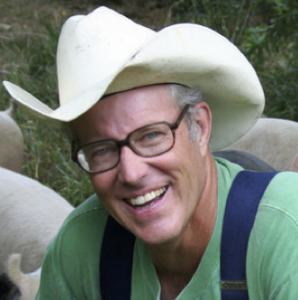
Joel Salatin
Joel Salatin calls himself a Christian libertarian environmentalist capitalist lunatic farmer. Others who like him call him the most famous farmer in the world, the high priest of the pasture, and the most eclectic thinker from Virginia since Thomas Jefferson. Those who don’t like him call him a bioterrorist, Typhoid Mary, a charlatan, and a starvation advocate. With a room full of debate trophies from high school and college days, 12 published books, and a thriving multigenerational family farm, he draws on a lifetime of food, farming and fantasy to entertain and inspire audiences around the world.


